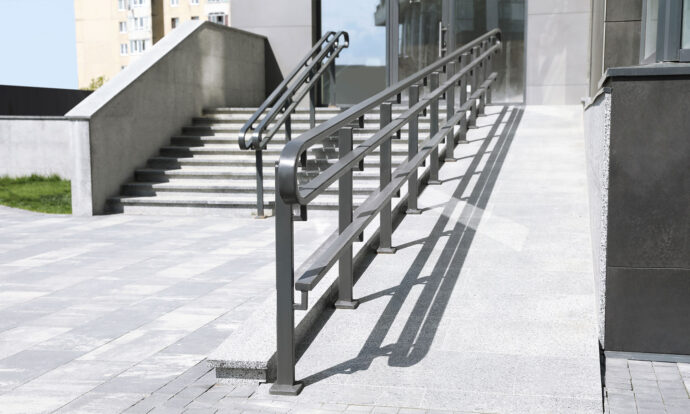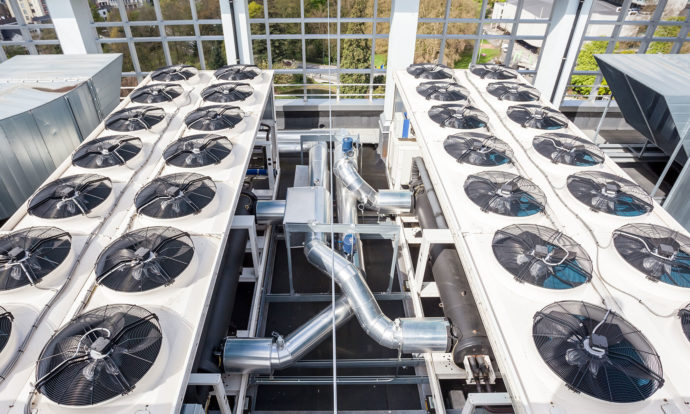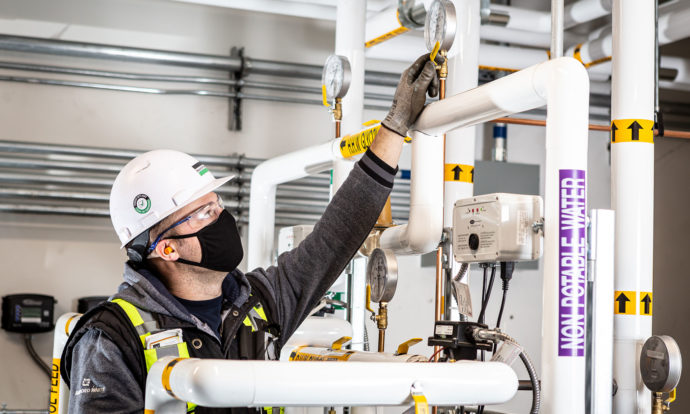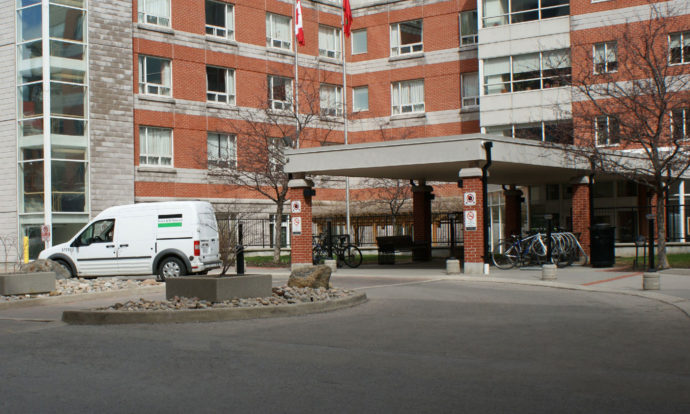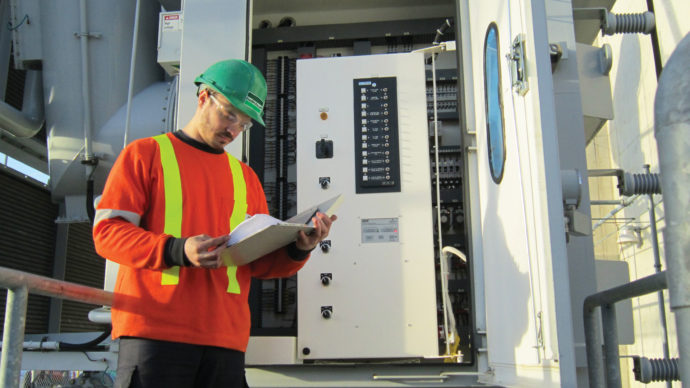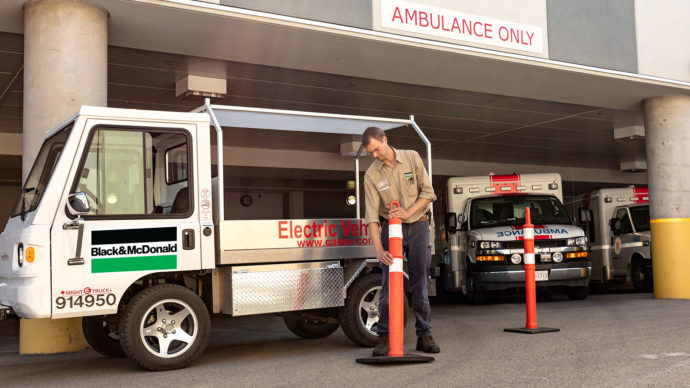Many executives wrongly perceive Facility Management as a support function with minimal strategic value. As a result, facility managers are often kept out of the strategic planning process led by C-Suite executives and rarely get opportunities to align their operations with the core business strategy. By following this outdated way of thinking, executives are missing a valuable chance to leverage the cost-saving and efficiency-boosting operational insights that engaged facility managers can provide.
Innovative companies should be looking ahead to the post-pandemic future, and buck this trend in favour of a more inclusive, progressive and employee-centric workplace. The good news is that facility managers have more tools than ever for partnering with business leaders to improve productivity, and, more importantly, to safeguard profitability.
Facility professionals hold the key to unlocking the business value within your operations. Whatever you need to do, engage their input by planning a workshop day or inviting them to a strategic planning roundtable. Here are four ways you can help your facility managers and service providers join your next meeting strategic planning:
Start with goals and situational awareness
The first step is to understand the existing environment. Start with reviewing your corporate goals and how your facilities contribute to achieving them.
Do you have enough resources (e.g., time, money, people, stakeholder buy-in) to make the changes you propose? Is the timeline appropriate? Do you know the environment well enough to ensure you can achieve your objective?
For example, if your facility is looking to increase employee headcount or occupancy, do you have enough available existing space to support the new employees who are about to join? What are the necessary changes and upgrades needed to enable your people to reach those goals? To be properly answered, all such questions require operational input from the facility team. Thus, complete success in such an undertaking is nearly impossible without involvement from the facility and space planning teams.
Analyze and evaluate your strategy
The second move is to begin scenario and layout planning. Conduct a study of your Strengths, Weaknesses, Opportunities and Threats (SWOT analysis). Then pull everyone together to brainstorm ideas on how to improve the facility. This is also a good time to involve your key vendors if you haven’t already.
There are many different techniques and tools you can use for optimizing your operations. One popular approach is the Japanese Five S (5S) program for visual control and lean production. It focuses on seiri (sort), seiton (order), seiso (cleanliness), seiketsu (standardizing), and shitsuke (discipline). Such a program can improve safety, optimize equipment, reduce costs, increase productivity, improve morale and enhance perception of workspaces to customers, suppliers, employees and managers. One health facility in the United States, for example, conducted a program using 5S and increased Medicaid enrolment by 45 percent, boosted revenue by $1 million annually, and reduced cycle time from 62 to 11 days.
Build and present your new strategic plan
Now this is where the rubber hits the road. This is the step for getting buy-in on the concept that facilities are strategic assets which must have continuous input from facility managers, and that decisions made in this regard have bottom-line impacts to the profitability, people, culture and overall sustainability.
As leadership embraces your vision, you will begin to influence the wider discussions on corporate strategy.
West Bend Mutual Insurance implemented a plan to improve productivity by enhancing office comfort and environmental quality. One method was to offer HVAC and environmental controls at each individual workstation. After 18 months, hot/cold complaints disappeared, productivity rose by 16 percent, energy consumption fell and utility costs dropped. Some modest changes produced tangible results.
Implement the plan and repeat
The final step is to execute, repeat and learn.
Ask your facility team, including your key vendors, to present the strategy for your facilities to meet current corporate objectives, and encourage them to provide new and innovative recommendations for improving your operations for the short, medium and long term.
As you reach the endpoint of the plan review, new goals will emerge and you will align them with the greater corporate goals.
Keep asking how the design, use, capability and capacity of the facility space can support the strategic objectives of the organization.
Black & McDonald offers free consultations to organizations looking for assistance with strategic facility planning and asset management. For more information, reach out to [email protected].
Black & McDonald is an integrated, multi-trade Facility Services provider, with insight into directing a diverse portfolio of public and private facilities. Our experts will help you identify opportunities for improving facilities and develop solutions tailored to your operations.





